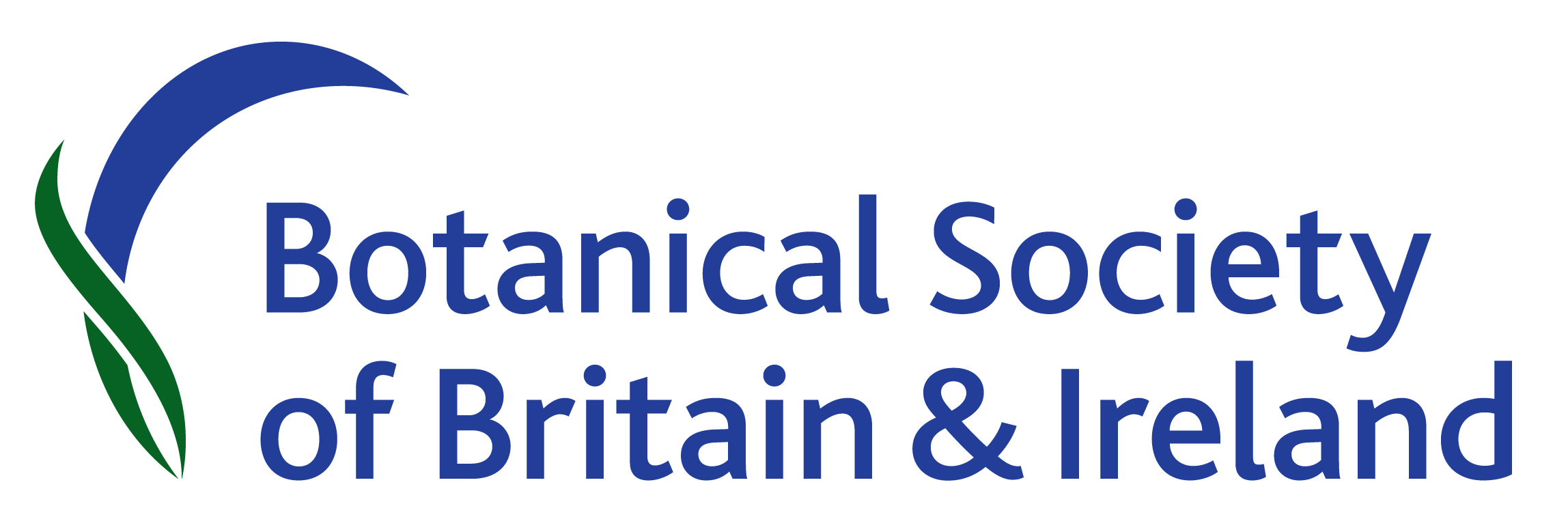Abstract
Ellenberg indicator values for plant species are widely used metrics in ecology, providing a proxy measure of environmental conditions, without direct measurements. They integrate environmental conditions over time since species will only persist where conditions are favourable. Ellenberg moisture (F) values summarise the hydrological environment experienced by plants. However, the relationship between indicator values and hydrological metrics appears to be influenced by a range of other abiotic and biotic factors, limiting our ability to fully interpret Ellenberg F. Focussing on Ellenberg F, we evaluated how the unweighted mean plant community F value to hydrology, specifically water table depth, is influenced by other environmental factors, ground cover type and alpha diversity in UK seasonal coastal wetlands (dune slacks). As expected, water table depth had the strongest influence on unweighted mean Ellenberg F. We show that unweighted mean Ellenberg F was more sensitive to changes in water table levels for plant communities that were more nutrient limited, when the organic matter layer was thicker and there was less bare ground cover. Unweighted mean Ellenberg F was consistently lower for a given water table depth, when there was lower atmospheric nitrogen deposition, lower loss of ignition (a measure of organic matter content) and more diverse plant communities. These findings help us to better interpret what Ellenberg F indicator values tell us about hydrological conditions, by understanding the factors which alter that relationship.
